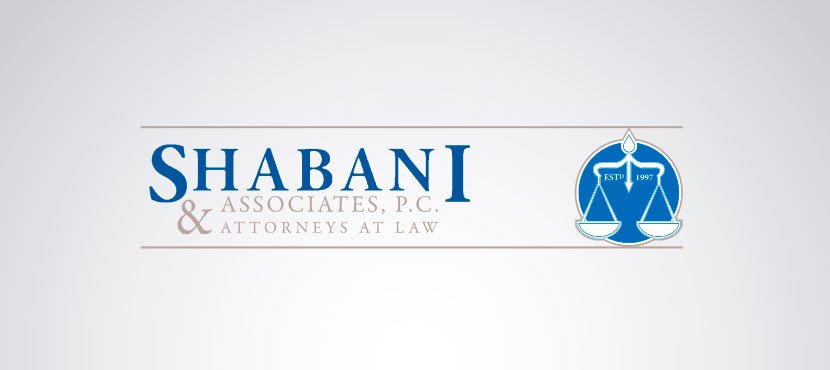There is a great deal of confusion about the new provisional waiver regulation published by the Obama administration. Let’s be clear, this new regulation is nothing more than a locational change in waiver processing, with the benefit being a much shorter separation time between loved ones. Now, let’s get into the details!
What Does It Mean?
The waiver we are talking about is the waiver that is needed to be forgiven of the immigration offense of “unlawful presence.” Unlawful presence occurs when someone is not in lawful status in the United States, regardless of their mode of entry. Typically, individuals who come into the US with a visa, retain a right to process for permanent residence in the United States, IF they are married to a U.S. Citizen, or have U.S. Citizens children over the age of 21. Those individuals who entered the U.S. without inspection (those who came illegally), cannot obtain permanent residence in the United States, even if they are married to a US Citizen or have US Citizen children over the age of 21. These people must leave the U.S. and process for their permanent residence abroad. But, as soon as they leave, because they have typically had more than one year of “unlawful presence (being illegal), they are then barred from returning to the United States for 10 years, as punishment for their unlawful entry and unlawful stay. There is already in place a “waiver” or forgiveness of this ten year bar, but the waiver or forgiveness can only be obtained AFTER the person leaves the U.S. This new regulation merely changes Where and When the waiver can be applied for. It does NOT eliminate the need of the person to leave the United States to process for residence through their spouse.
Only certain relatives of US Citizens are eligible to apply for this provisional waiver. At this time, the provisional unlawful presence waiver process will remain available only to individuals who are immediate relatives of U.S. citizens (i.e., spouses, children, and parents (if the U.S. citizen is at least 21 years of age)).
Who Can Use the New Waiver?
To use the new process, the eligible individual must be currently IN the United States. The current centralized waiver process (with U.S. processing) will remain in place for those who have already departed the United States. This process is also not available to those who’s interviews have already been set by DOS as of the date of publication of the final rule (likely January 3, 2013). If the interview is scheduled AFTER that date, then the person is still eligible to process using the new system.
The new waiver process is for individuals who, when they depart, will be subject to the three and ten year bars. The current law states that only individuals who have U.S. Citizens Spouses or Parents who will suffer
“Extreme Hardship” are eligible to be granted this waiver. This standard has not been changed by the new regulations. Children are NOT qualifying relatives for purposes of the waiver of the three and ten year bars. USCIS is open to considering expanding the provisional unlawful presence waiver process to include lawful permanent residents as qualifying relatives after USCIS has a better understanding of the impact of the provisional unlawful presence waiver process on agency resources and operations.
Individuals who are currently in removal proceedings are eligible for submitting the waiver, IF their removal proceedings have been administratively closed and not re-calendered at the time of filing of the waiver request. Persons in this situation need to have their immigration court cases terminated or dismissed before leaving the US to avoid delays in returning at the consulate. Supposedly, ICE will work with individuals and their attorneys to terminate deserving cases (that I will wait to give judgement on).
Individuals with final orders of removal are NOT eligible for this new program.
Simply put, the ONLY people eligible for this new waiver process are those who’s only immigration problem is unlawful entry with unlawful presence.
How Does the New Waiver Process Work?
The filing fee for the new waiver process is the same as it is for the current waiver process, $585, plus an additional $85 for the biometrics fee. USCIS will not accept a filing of the Form I-601A (the new form used to file for the waiver) until March 4, 2012, and it will only accept that form once the I-130 has been approved, and the National Visa Center has begun the process for consular processing, with the necessary initial fees paid by the applicant, evidenced by the Department of State Visa Processing Fee Receipt.
In this final rule, USCIS does not modify how it makes extreme hardship determinations or how it defines extreme hardship. Consistent with how USCIS currently makes extreme hardship determinations, USCIS will consider all factors and supporting evidence that an applicant submits with his or her provisional unlawful presence waiver application. USCIS also has included in the Form I-601A instructions examples of factors to help provisional unlawful presence waiver applicants understand what can be provided to establish the required extreme hardship to a U.S. citizen spouse or parent.
USCIS will not commit to a certain processing time for these waivers, which, in the grand scheme is not a big deal, since the applicant will be in the United States with their family, but experience suggests that a processing time of 60-120 would not be abnormal.
So there you have it. A simplied description of what this new process is, and what it is not. If you think you qualify for this new process, contact us today at 404-816-8611 for an analysis of your case and your options.

